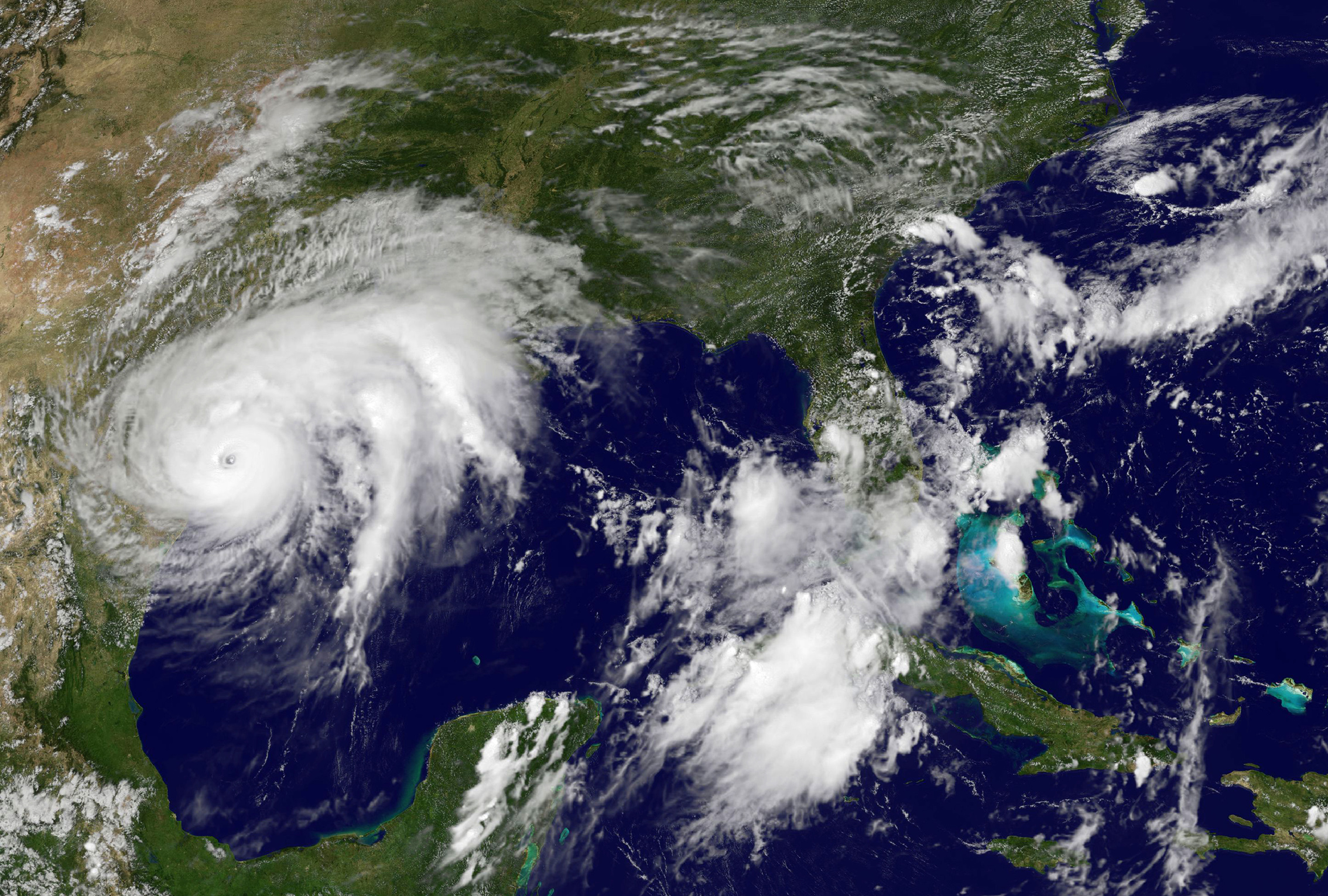Hurricane Harvey settled over southeast Texas early Saturday, lashing the state’s gulf coast with damaging winds and dumping torrents of rain over hundreds of miles of coastline that braced for what forecasters predicted would be life-threatening storm surges —basically walls of water moving inland.
The fiercest hurricane to hit the US in more than a decade made landfall Friday night about 30 miles (48 kilometers) northeast of Corpus Christi as a Category 4 storm with 130 mph (209 kph) winds. It gradually weakened over the next several hours, AP reported.
Early reports did begin to emerge from Rockport, a coastal city of about 10,000 people that was directly in Harvey’s path when it came ashore. A worst case scenario is that the hurricane could hug the coast for days and stay strong enough to remain a tropical storm. Forecasts call for as much as 30 inches (0.76 meters) of rain to fall by next Wednesday, with some areas getting as much as 40 inches (1 meter).
Scientists warned that Harvey could swamp counties more than 100 miles (161 kilometers) inland and stir up dangerous surf as far away as Alabama and the Florida Panhandle, 700 miles (1,126 kilometers) from the projected landfall.All seven Texas counties on the coast from Corpus Christi to the western end of Galveston Island ordered mandatory evacuations from low-lying areas.


